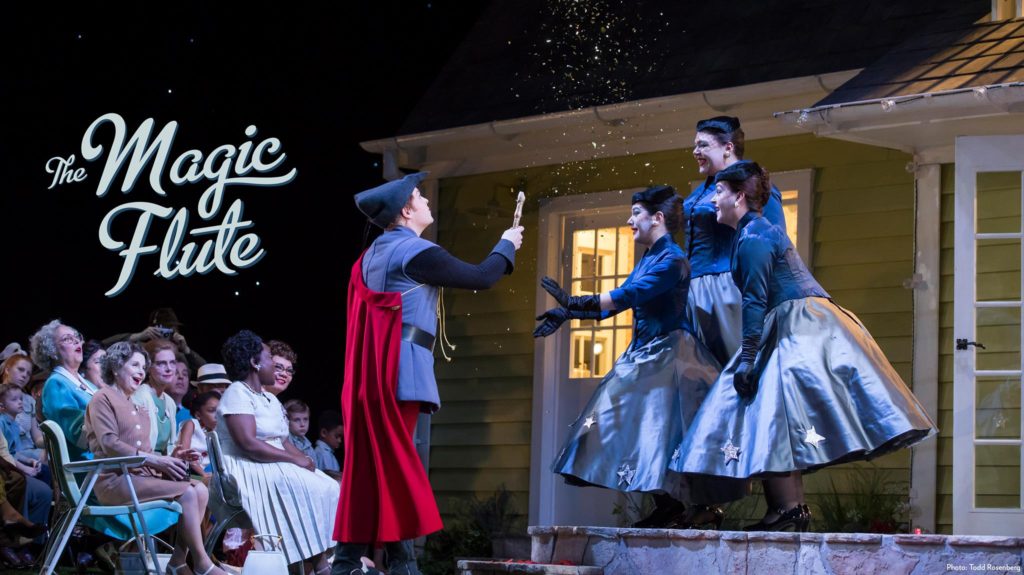A RUBES REPORT: I wanted to understand. I wanted to pour myself into the pressed suit and peer into the world within the world; I wanted to encounter the cultured and coiffed and come out clutching clarity. Who’s to say I’m not an opera guy? Who says I can’t keep up?
Hustling after dinner I get spilled on the curb of an Art Deco behemoth squatting down by the river, a 45 story tower with 22 story knees straddling the opera house like a tormenting older brother. On either side of the front doors are restaurants, each spitting out a distinct but well-turned crowd smelling of cabernet and overbrewed coffee, damp coats and dry cleaning. And yet somehow everyone converges on the lobby with the deliberation of Joyce’s “The Dead,” determined to set off together and in high spirits. At intermission this will manifest itself in a grey haired woman clutching a young black girl she doesn’t know by the upper arms and asking “Are you enjoying yourself?” but for now it seems benevolent enough.
 The lobby itself is terrific for a crowd, all outcroppings of stairs and places to clique and cluster and mutter and gab and exclaim. Everywhere stand people with all manner of ideas and executions of best dress luxuriating in the communal bath of Opera Going, waiting for the lobby lights to flash time. One if by land, two if in C. Everyone, Die Zauberflöte.
The lobby itself is terrific for a crowd, all outcroppings of stairs and places to clique and cluster and mutter and gab and exclaim. Everywhere stand people with all manner of ideas and executions of best dress luxuriating in the communal bath of Opera Going, waiting for the lobby lights to flash time. One if by land, two if in C. Everyone, Die Zauberflöte.A walk to your seats in any theater is a good walk but the Civic is particularly pleasant. It’s a high ceilinged, democratic box with everything open in front you until the conductor and the pit and walking those steps the air practically bristles with potential and spectacle and possibility and all the rest of the frou frou bullshit that makes it fun. I look around delighted while the final screws turn into place, until the baton shoots up and whatever’s about to happen begins.
 Of course, you stage a 225 year old piece of theater you’re going to have to contend with the momentum of all its other iterations. And one of the ways that this particular production deals with that is with some good old post-modern self-awareness. They seek this lightening touch by setting it in a Chicago suburban home somewhere between 1955 and 1966 (if the 8 year old in the Ernie Banks jersey is an accurate indication). The conceit being that the neighborhood has come together to throw a backyard production and so hey let’s not be such assholes as to pretend we aren’t susceptible to things that are charming, whether that be x-ray specs on the audience of our opera within-the-opera or characters wearing potholders while they direct an onstage spotlight. As my guest said, ‘The Grand Budapest (Zauberflote).’ Regardless, the music carries us ever onward until the lights come on for intermission and one of the teens behind me says to his friend “Dude it’s so meta.”
Of course, you stage a 225 year old piece of theater you’re going to have to contend with the momentum of all its other iterations. And one of the ways that this particular production deals with that is with some good old post-modern self-awareness. They seek this lightening touch by setting it in a Chicago suburban home somewhere between 1955 and 1966 (if the 8 year old in the Ernie Banks jersey is an accurate indication). The conceit being that the neighborhood has come together to throw a backyard production and so hey let’s not be such assholes as to pretend we aren’t susceptible to things that are charming, whether that be x-ray specs on the audience of our opera within-the-opera or characters wearing potholders while they direct an onstage spotlight. As my guest said, ‘The Grand Budapest (Zauberflote).’ Regardless, the music carries us ever onward until the lights come on for intermission and one of the teens behind me says to his friend “Dude it’s so meta.”Outside the affable gay man I sequester in the wine line tells me “Well it’s Mozart” as though that explains everything. I buy a glass of red and decline a cheese plate.
The second act has “Der Holle Rache,” and ooooh boy, holy shit. And then of course a denouement and all of that, but really, “Der Holle Rache.” Everyone claps their ass off and the lights come on and when I turn to go I see the man from intermission a few people ahead of me with his partner. Everyone shuffles forward and through the mischief of physics I pick out his voice as he says “well, a classic worth seeing once…and I think no more than once.” And finally, I understand.
